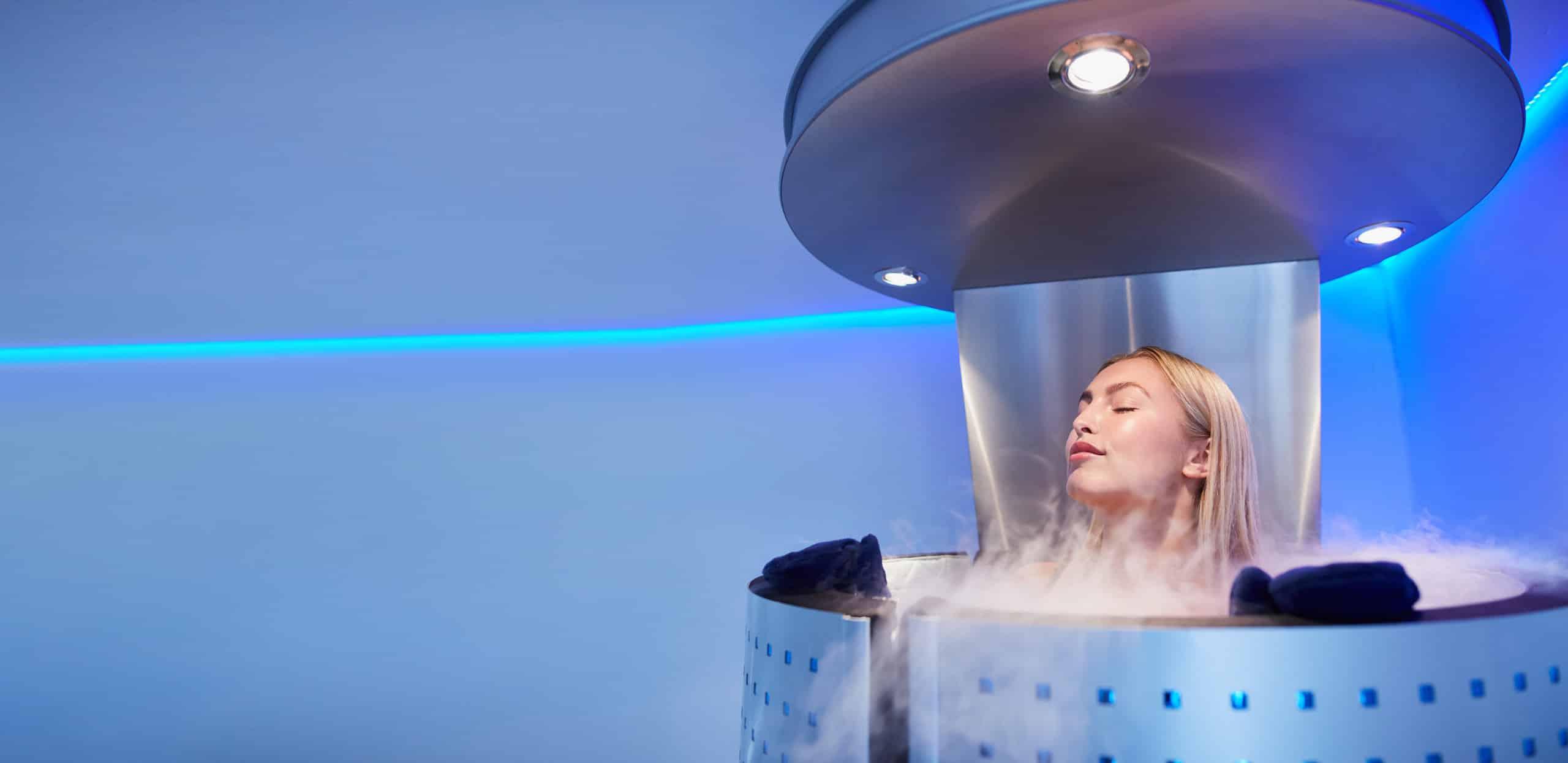Cold Therapy Rooms and Their Role in Pain Management

Chronic pain affects millions of people and limits daily activities. While medications and physical therapy remain standard approaches, non-drug treatments are gaining attention. One option that has drawn increasing interest is the Cold Therapy Room. These chambers utilize controlled, low-temperature environments to help alleviate pain, reduce inflammation, and promote faster recovery. Unlike simple ice packs, they offer a systemic effect that can benefit both acute injuries and long-term conditions. This article explains how these rooms work, the science behind their effectiveness, and the factors to consider before using them.
What Is a Cold Therapy Room?
A Cold Therapy Room is a chamber where people are exposed to sub-zero temperatures for a limited period, usually two to four minutes. The exposure is designed to trigger physiological responses that ease pain and promote healing. Many wellness centers and clinics now incorporate these facilities into their rehabilitation programs.
How Cold Therapy Works
Understanding the basic mechanism makes its use easier to evaluate.
-
Cold narrows blood vessels and limits swelling.
-
Reduced nerve activity lowers pain signals.
-
Exposure triggers the release of endorphins, which enhance mood and reduce discomfort.
Together, these changes provide temporary relief and can support longer-term recovery when used consistently.
Conditions That May Benefit
Different types of pain respond in varying ways.
-
Arthritis: Cold therapy helps reduce joint inflammation.
-
Sports injuries: Muscle soreness and strains recover faster with controlled cooling.
-
Post-surgery recovery: Some clinics use chambers to manage swelling.
-
Chronic pain disorders: People with fibromyalgia or nerve pain sometimes report relief.
Evidence and Limitations
Research yields promising results, but also highlights its limitations. Several studies show improvement in pain scores and mobility after repeated sessions. However, results are not universal. Individual responses vary, and more large-scale trials are needed. The treatment should be seen as supportive rather than a replacement for conventional medical care.
Risks and Safety Considerations
Awareness of safety ensures better outcomes. Cold therapy is not suitable for everyone. People with severe heart disease, uncontrolled high blood pressure, or poor circulation should avoid it. Sessions must be timed carefully to prevent frostbite or nerve damage. Protective clothing for hands, feet, and ears is essential. Always use professional supervision when trying a Cold Therapy Room.
Practical Use in Pain Programs
Integration with other therapies often gives the best results. Many clinics recommend using a chamber in conjunction with physiotherapy, stretching, or medication. Sessions are usually short and repeated several times a week. Cost and access may limit availability, but demand is growing in both sports medicine and wellness facilities.
Conclusion
Pain affects quality of life and requires diverse management strategies. A Cold Therapy Room is one of the newer options that provides targeted relief for conditions ranging from arthritis to sports injuries. By reducing inflammation, slowing nerve activity, and boosting natural endorphins, cold therapy can support recovery in a controlled and supervised setting. While not a cure, it is a valuable addition to a broader pain-management plan. With careful screening, correct timing, and professional oversight, cold therapy chambers can offer safe and effective relief for many individuals.



